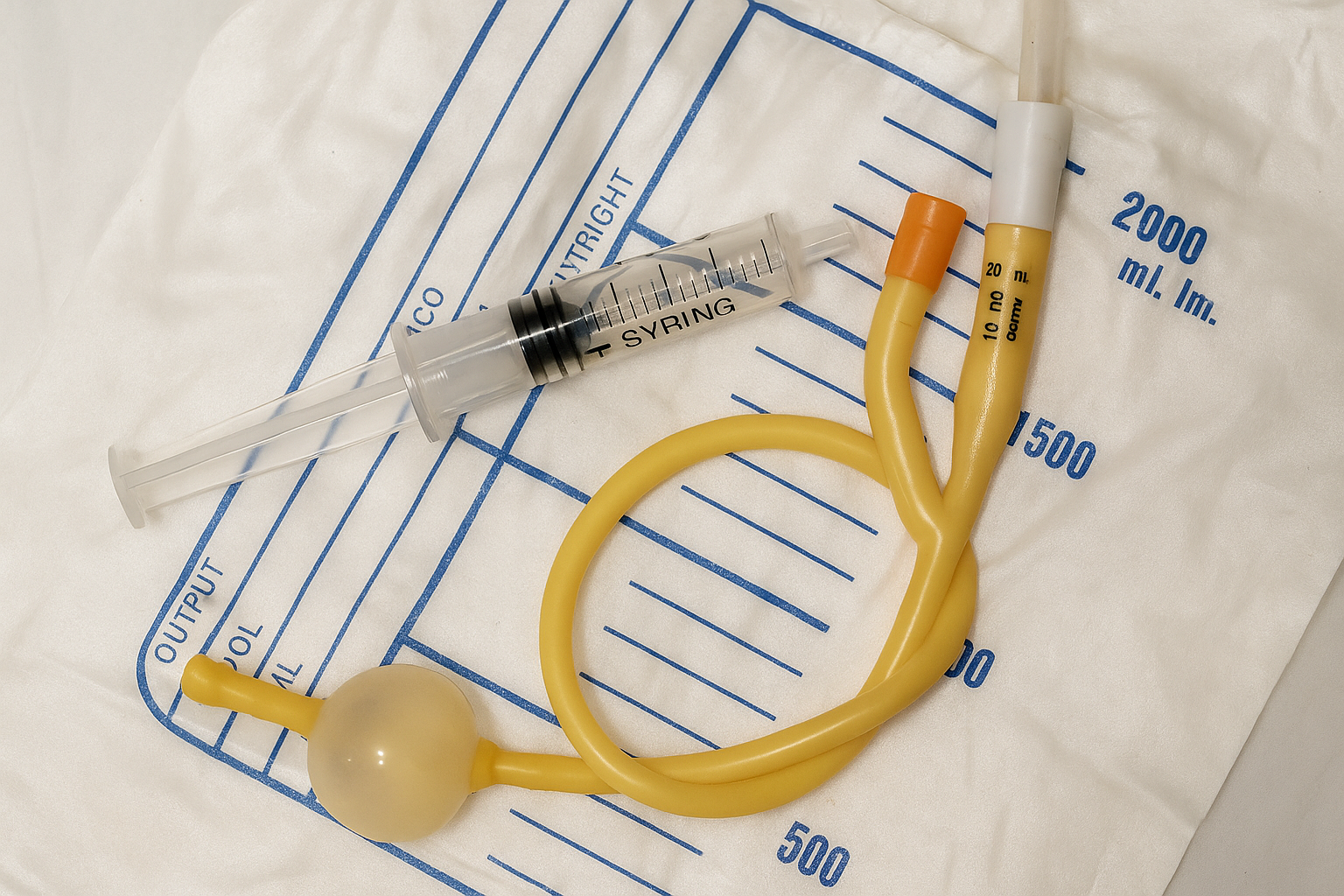What Exactly is a UTI?
A Urinary Tract Infection (UTI) is an infection in any part of your urinary system. This system is your body's drainage network and includes the kidneys, ureters, bladder, and urethra.
While they are incredibly common, especially in women, they shouldn't be ignored. A simple bladder infection can become serious if it spreads to the kidneys.
An upper-tract UTI. This is more serious and can cause fever, back pain, and nausea.
The most common type. Causes pain, pressure, and a frequent urge to urinate.
Causes a burning sensation during urination.

What Causes a UTI & Who's at Risk?
UTIs are primarily caused by bacteria entering the urinary tract. Certain factors can increase your chances of getting one.
Bacterial Spread
The main culprit is E. coli, bacteria that normally live in the intestines. Poor hygiene (like wiping back to front) can transfer it to the urethra.
Being Female
A shorter urethra means bacteria have less distance to travel to the bladder, making women more susceptible.
Sexual Activity
Sex can introduce bacteria into the urinary tract. Urinating shortly after helps flush them out.
Menopause & Blockages
Hormonal changes after menopause, or blockages from kidney stones or an enlarged prostate, can increase risk.
Suppressed Immune System
Conditions like diabetes can make it harder for the body to fight off germs and infections effectively.
Urinary Catheter Use

People who cannot urinate on their own and use a tube (catheter) have an increased risk of UTIs as it can introduce bacteria.
What Does a UTI Feel Like?
Listen to your body. If you notice these signs, it might be a UTI.
🔥
Pain or Burning
A sharp, stinging sensation while urinating.
🏃♀️
Frequent Urge
Feeling like you have to go all the time, but little comes out.
☁️
Cloudy or Smelly Urine
Urine may look cloudy, dark, or have a strong odor.
😖
Pelvic or Back Pain
A feeling of pressure in the lower belly or pain in your back.
🌡️
Fever and Chills
This can be a sign the infection has reached your kidneys.
🩸
Blood in Urine
Seeing pink, red, or brown-tinged urine is a key symptom.
Your Shield Against UTIs: Prevention is Key
Simple daily habits can make a huge difference in preventing UTIs from starting or returning.
💧 Hygiene & Bathroom Habits
- Wipe Front to Back: Always. This prevents bacteria from the anus from reaching the urethra.
- Pee After Sex: Urinating soon after sexual activity helps flush away bacteria.
- Don't Hold It: Go when you feel the urge. Holding urine gives bacteria time to grow.
- Gentle Cleaning: Avoid harsh soaps, douches, or sprays in the genital area.
👚 Lifestyle & Diet
- Stay Hydrated: Drink 6-8 glasses of water daily to dilute urine and flush bacteria.
- Wear Cotton Underwear: Breathable fabrics keep the area dry and prevent bacteria growth. Avoid tight clothing.
- Change Daily: Always wear clean underwear.
- Consider Cranberry: Unsweetened cranberry juice or supplements may help prevent UTIs for some people, but they don't treat an active infection.

How UTIs are Diagnosed & Treated
If you suspect a UTI, a doctor will likely perform a urinalysis to check a urine sample for signs of infection. They may also do a urine culture to identify the specific bacteria and the best antibiotic to fight it.
The primary treatment for UTIs is a course of antibiotics prescribed by your doctor. You should start to feel better within a couple of days.
⚠️ The Golden Rule: Finish Your Antibiotics!
Even if you feel 100% better, you must complete the entire course. Stopping early allows stronger bacteria to survive, multiply, and become resistant. This makes future infections much harder to treat.
When to See a Doctor Immediately
Don't delay getting medical help if you experience any of the following symptoms, as they could indicate a more serious kidney infection.
You should also see a doctor if your UTIs keep coming back (recurrent UTIs).